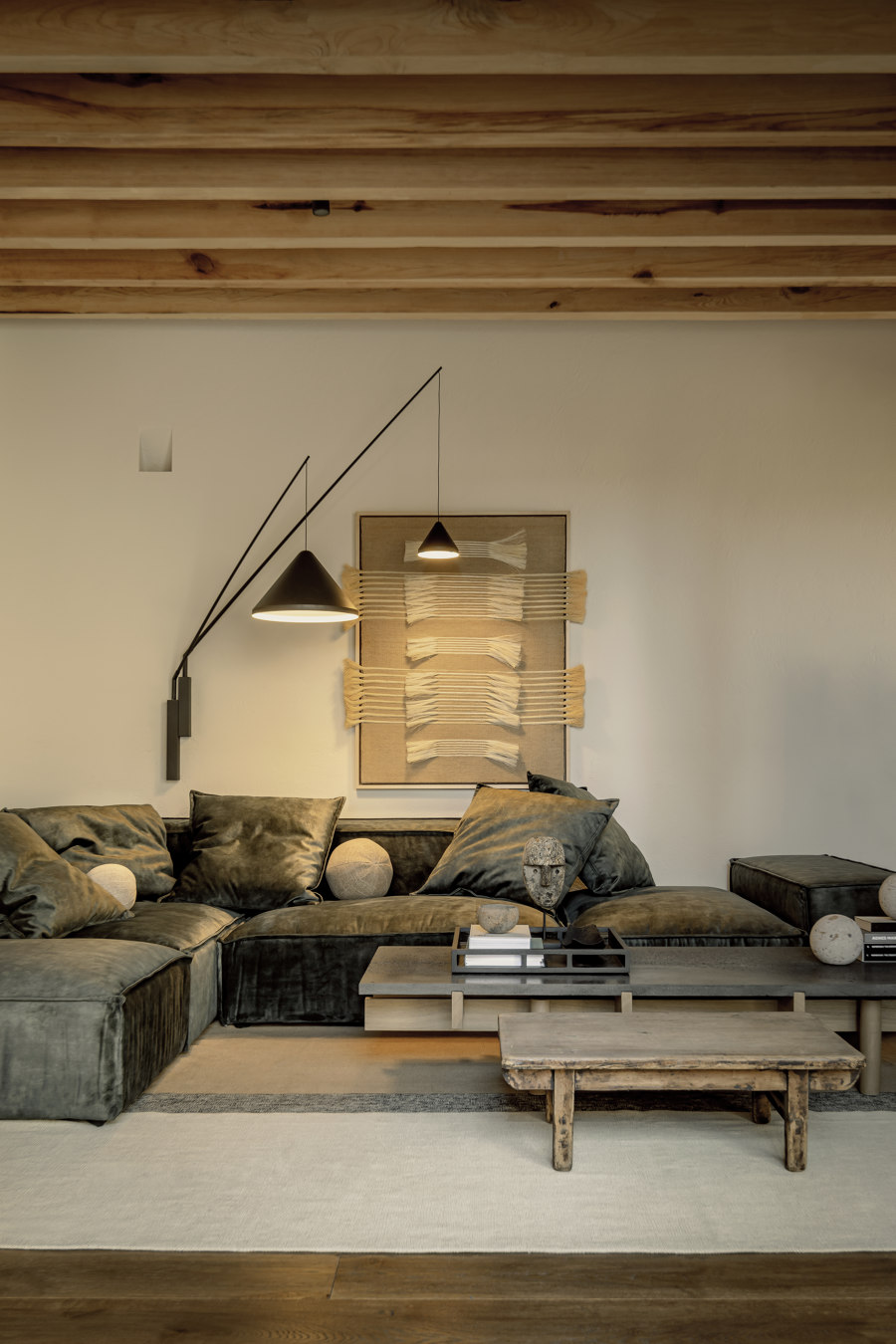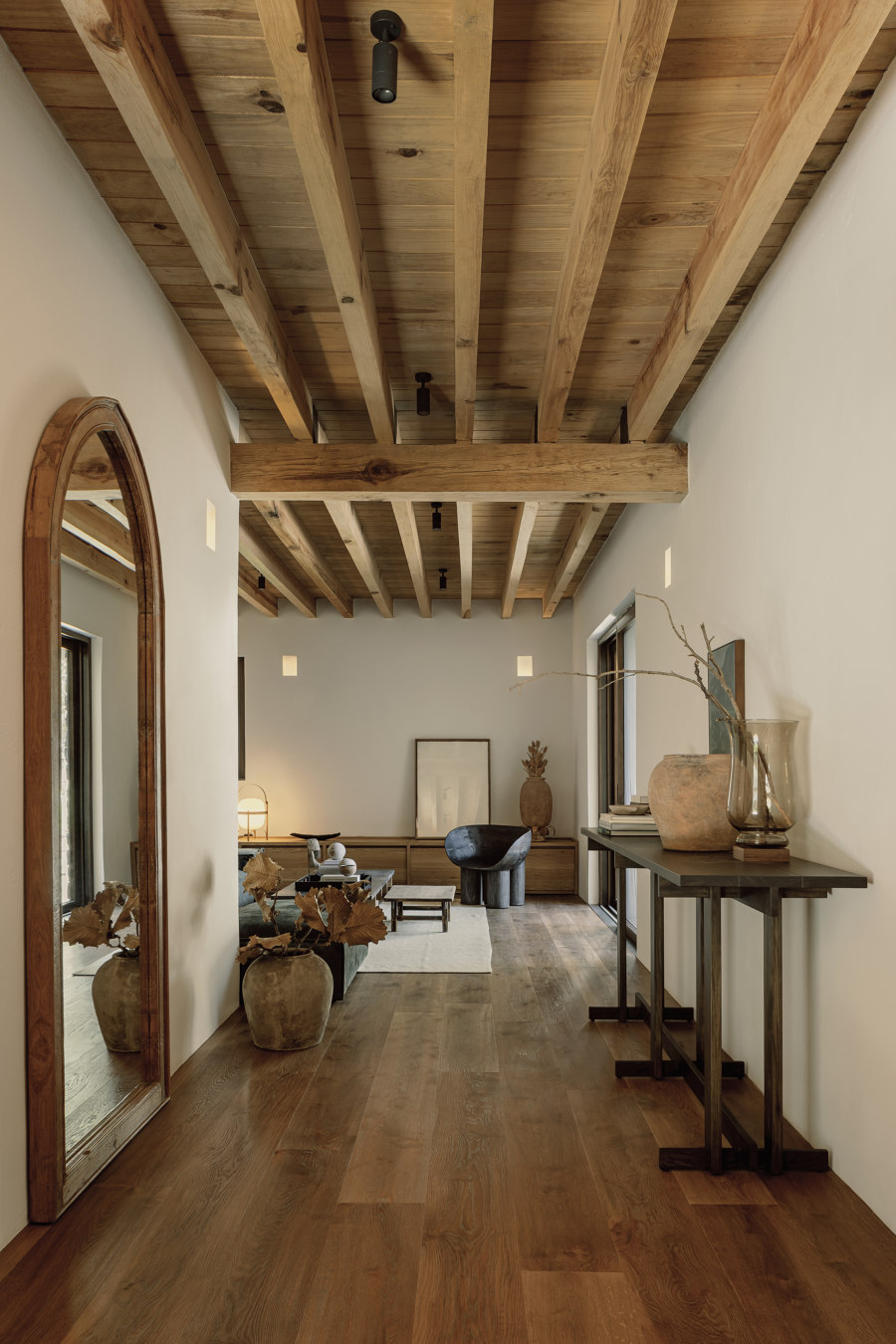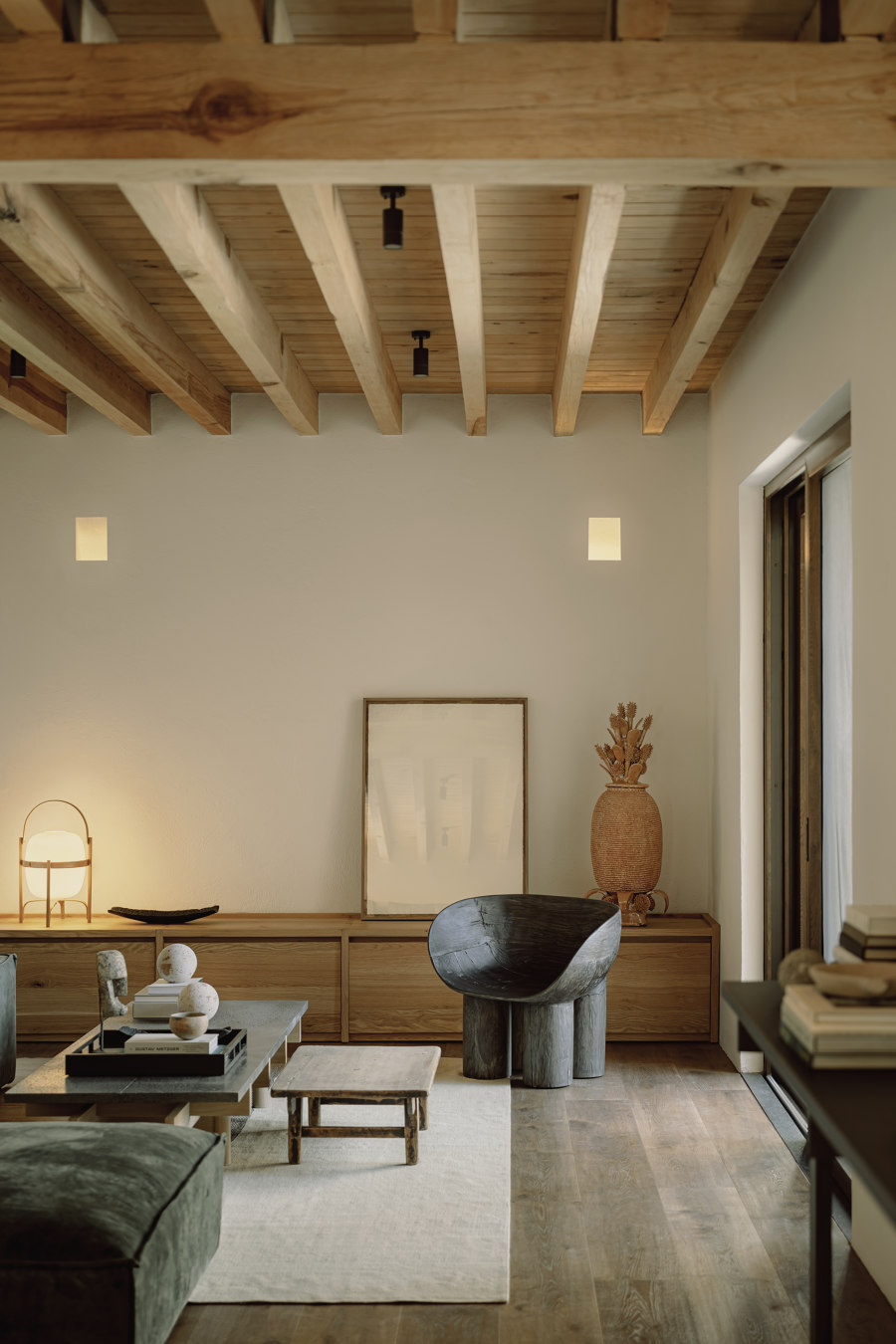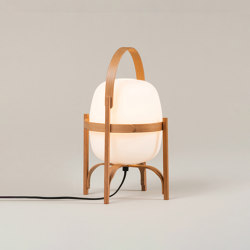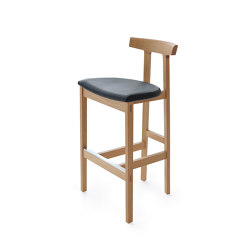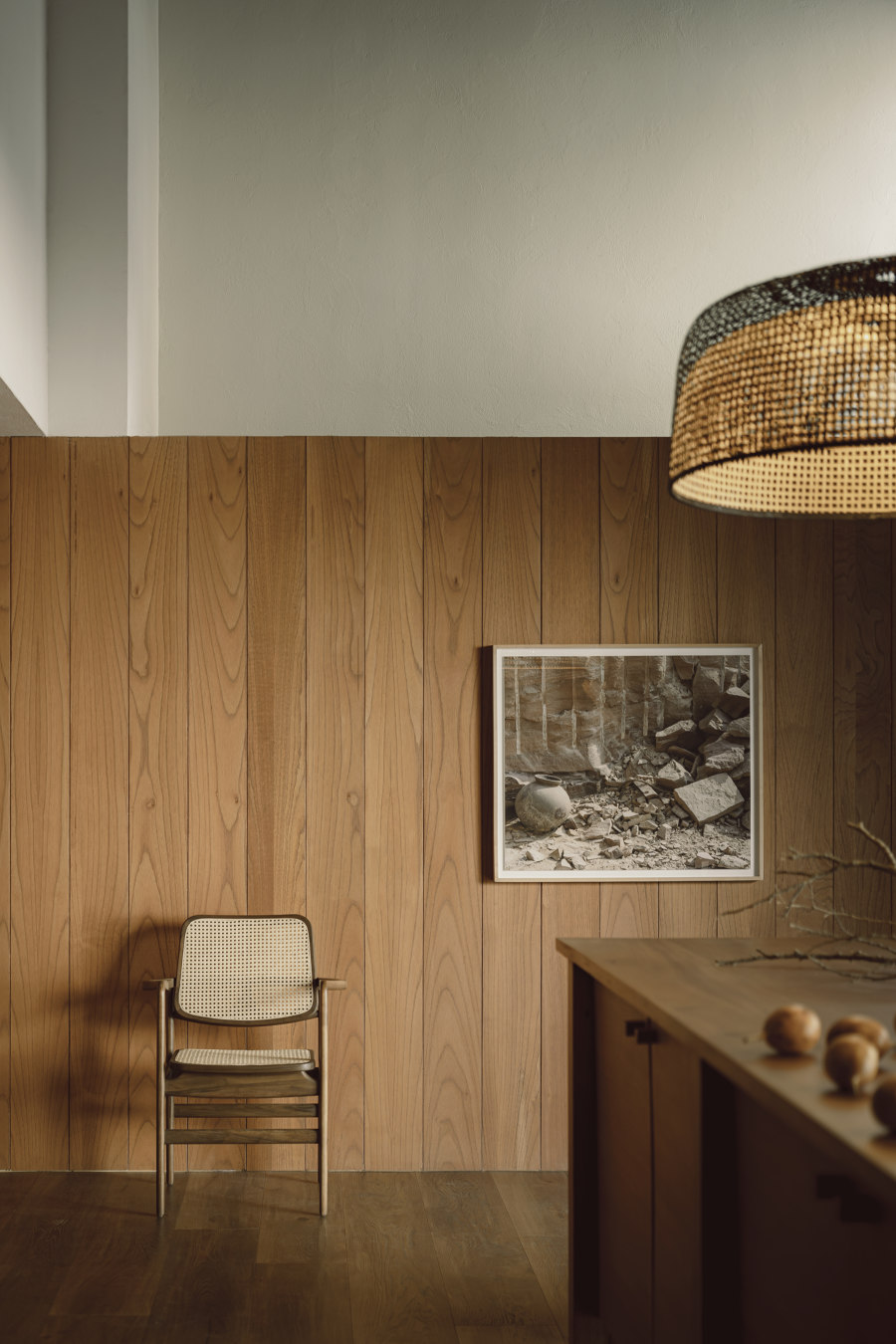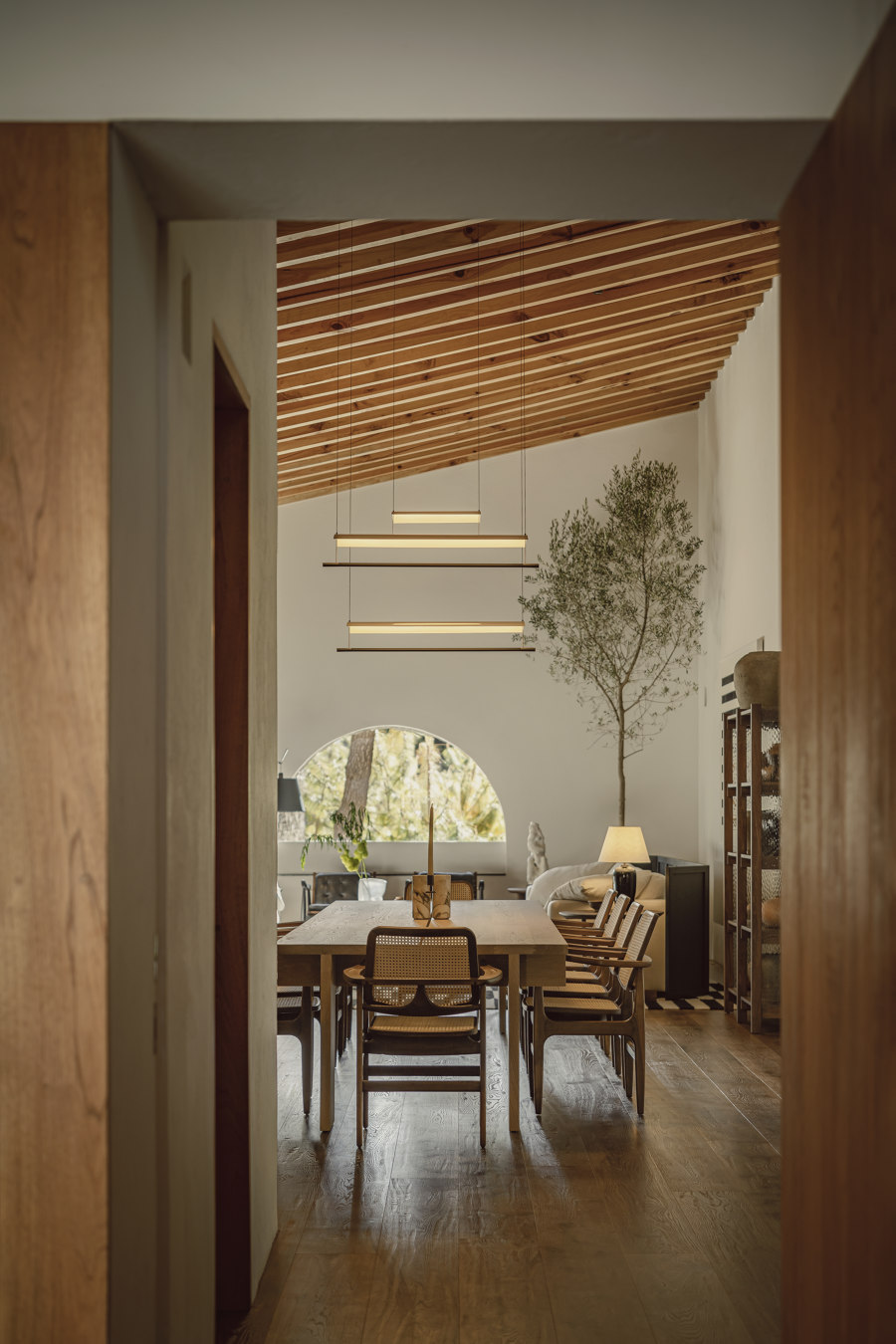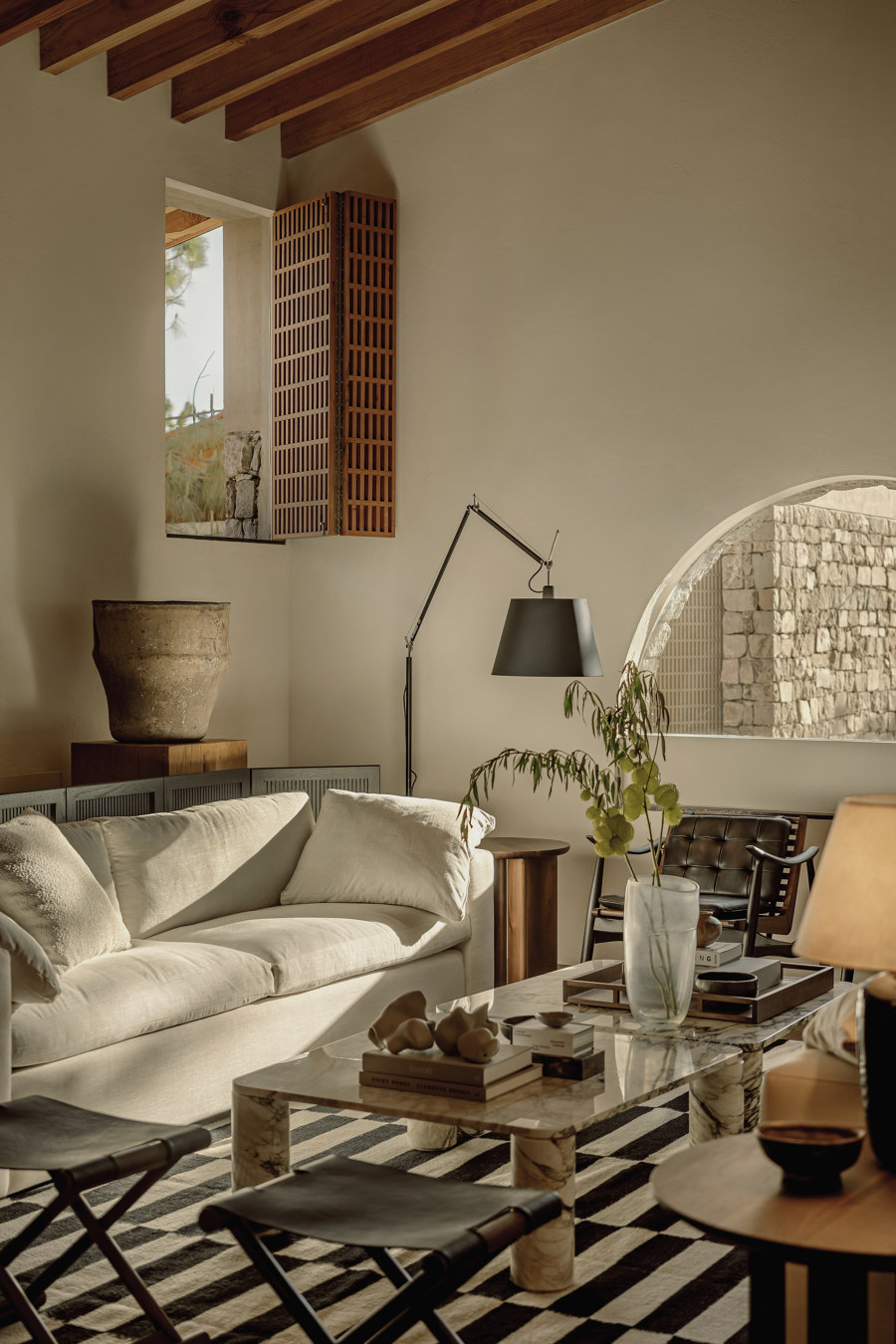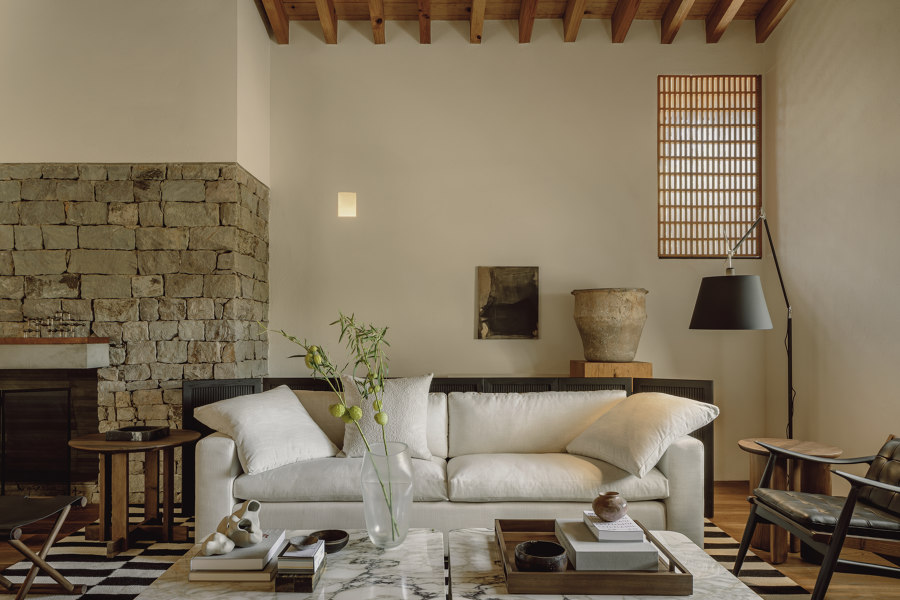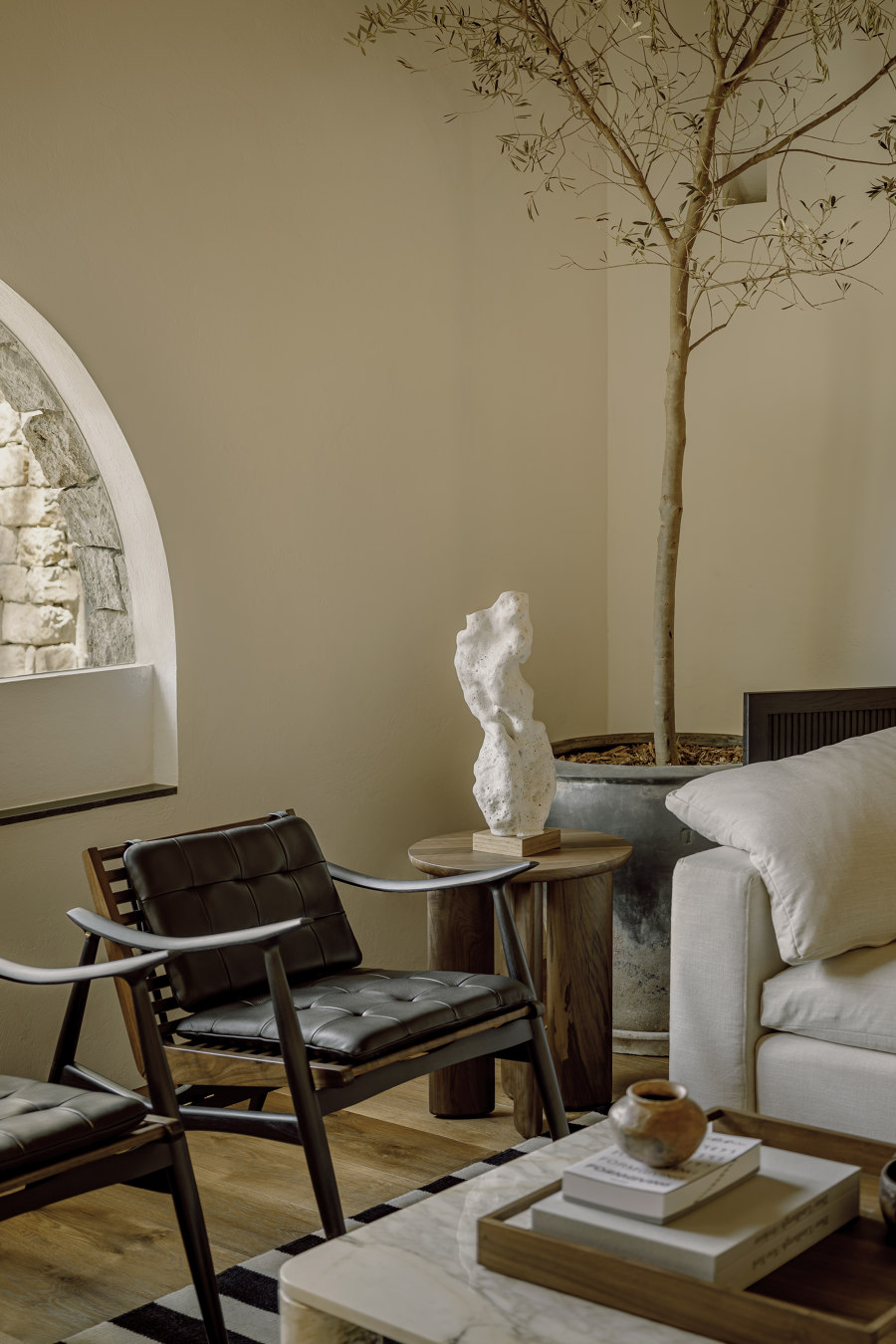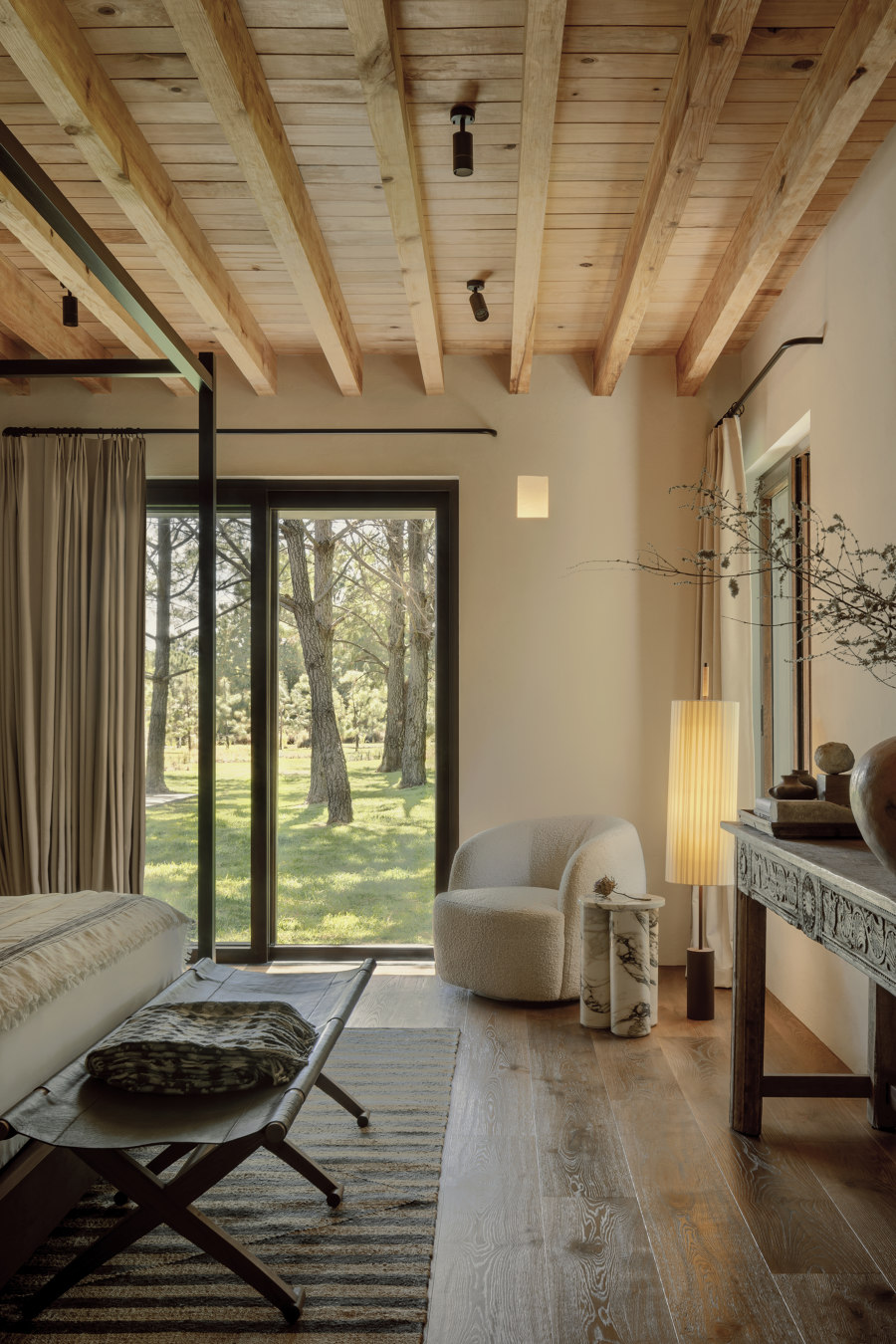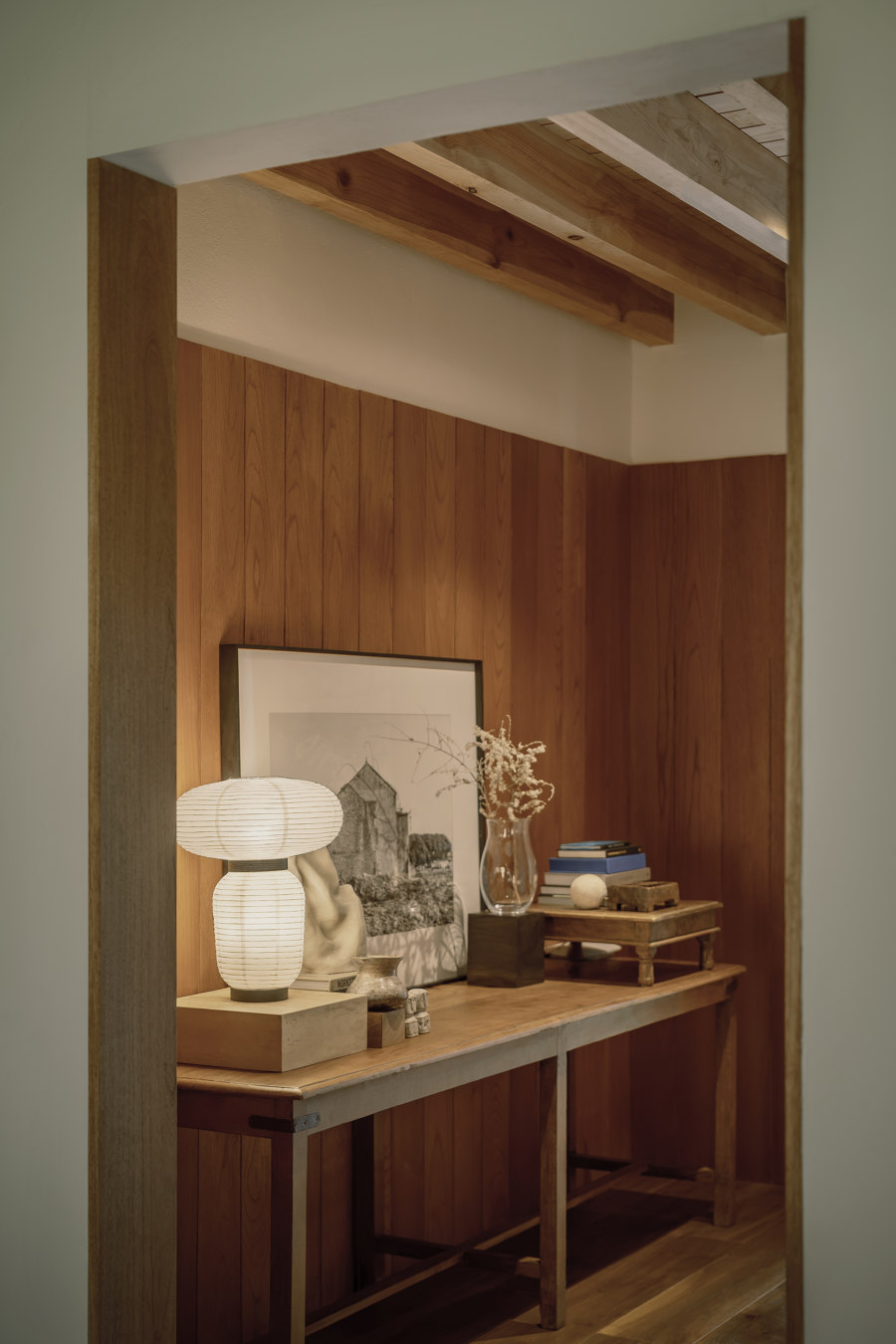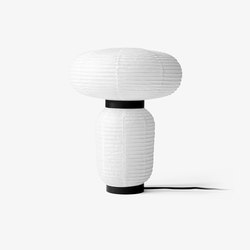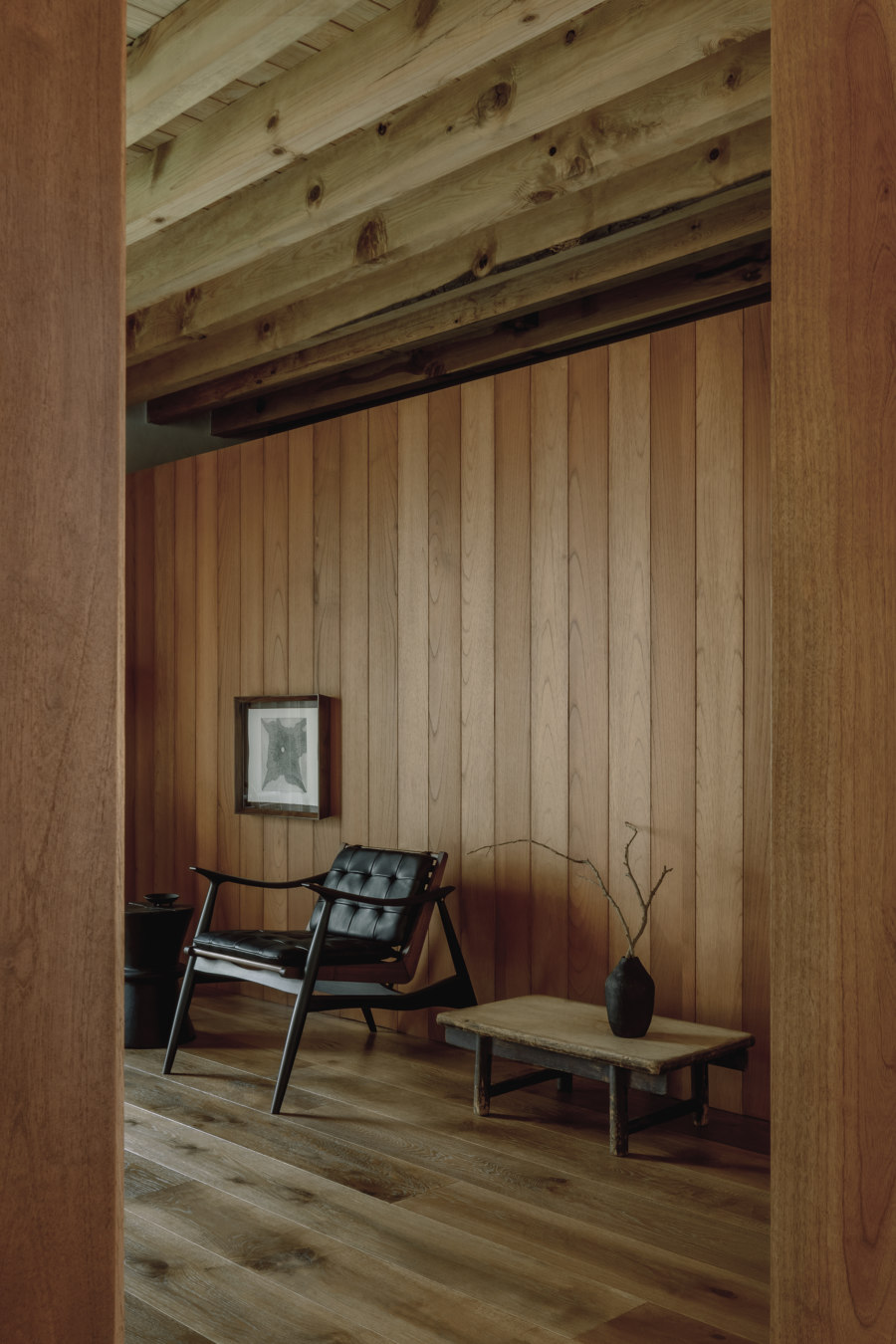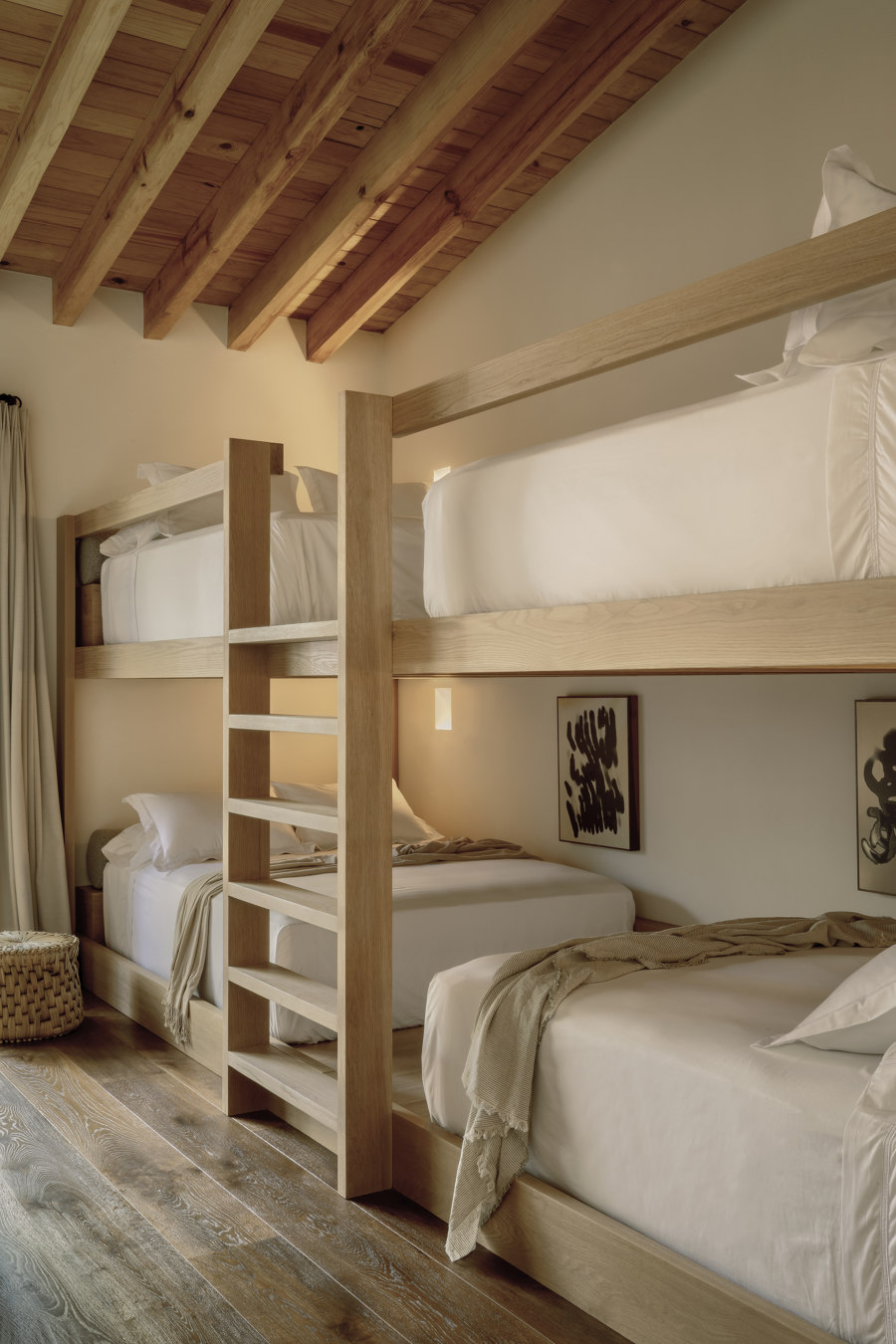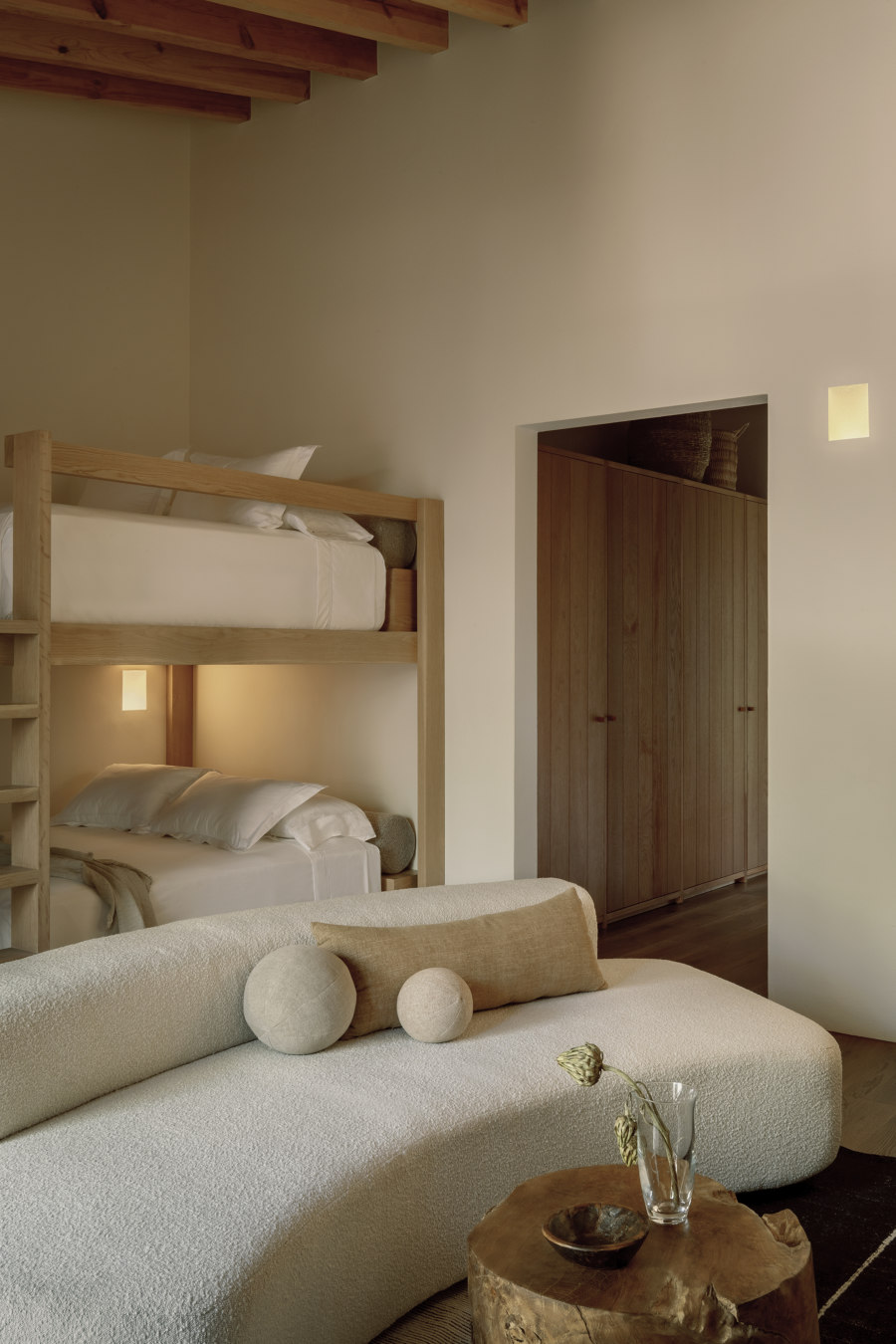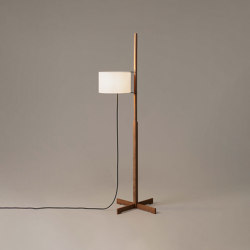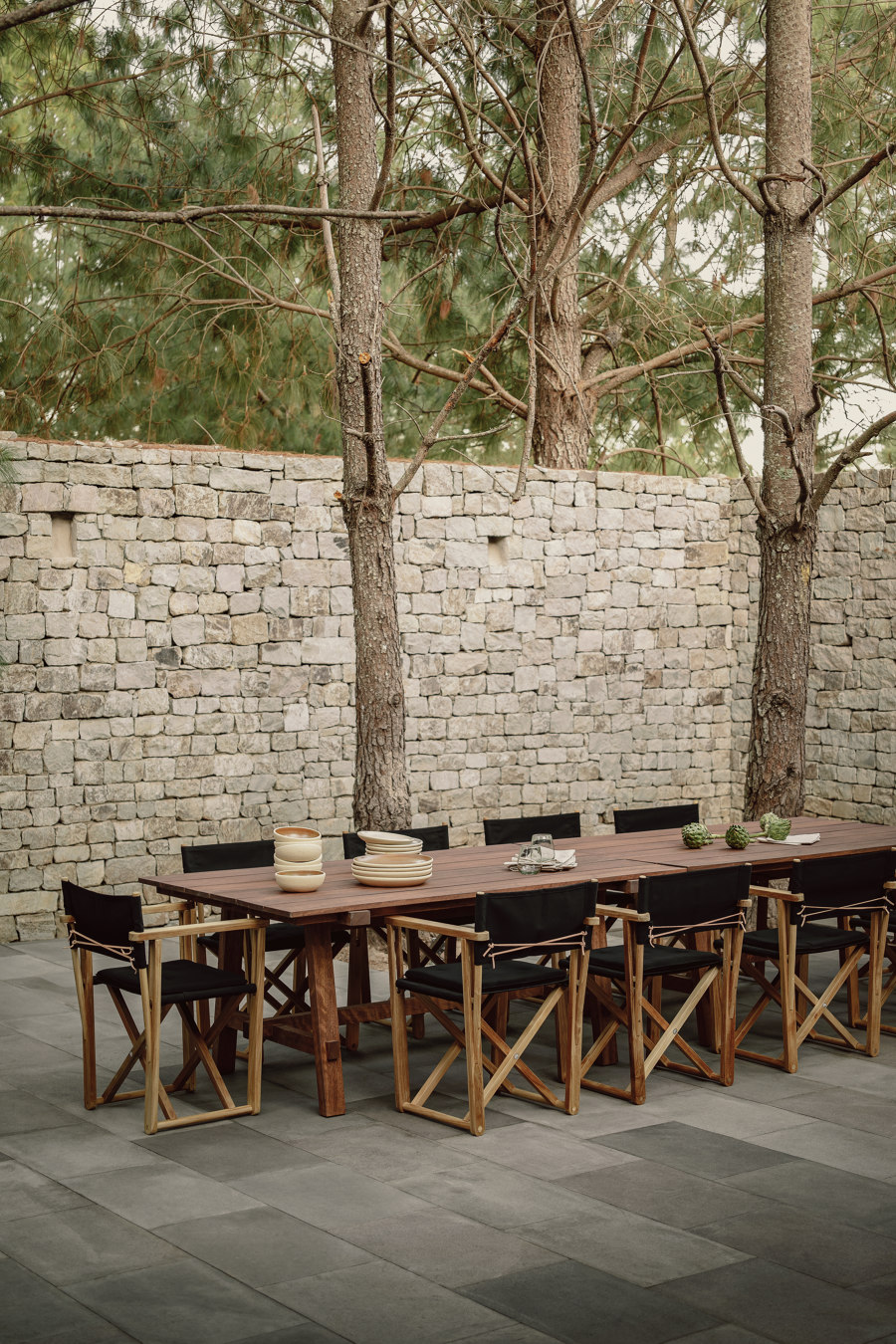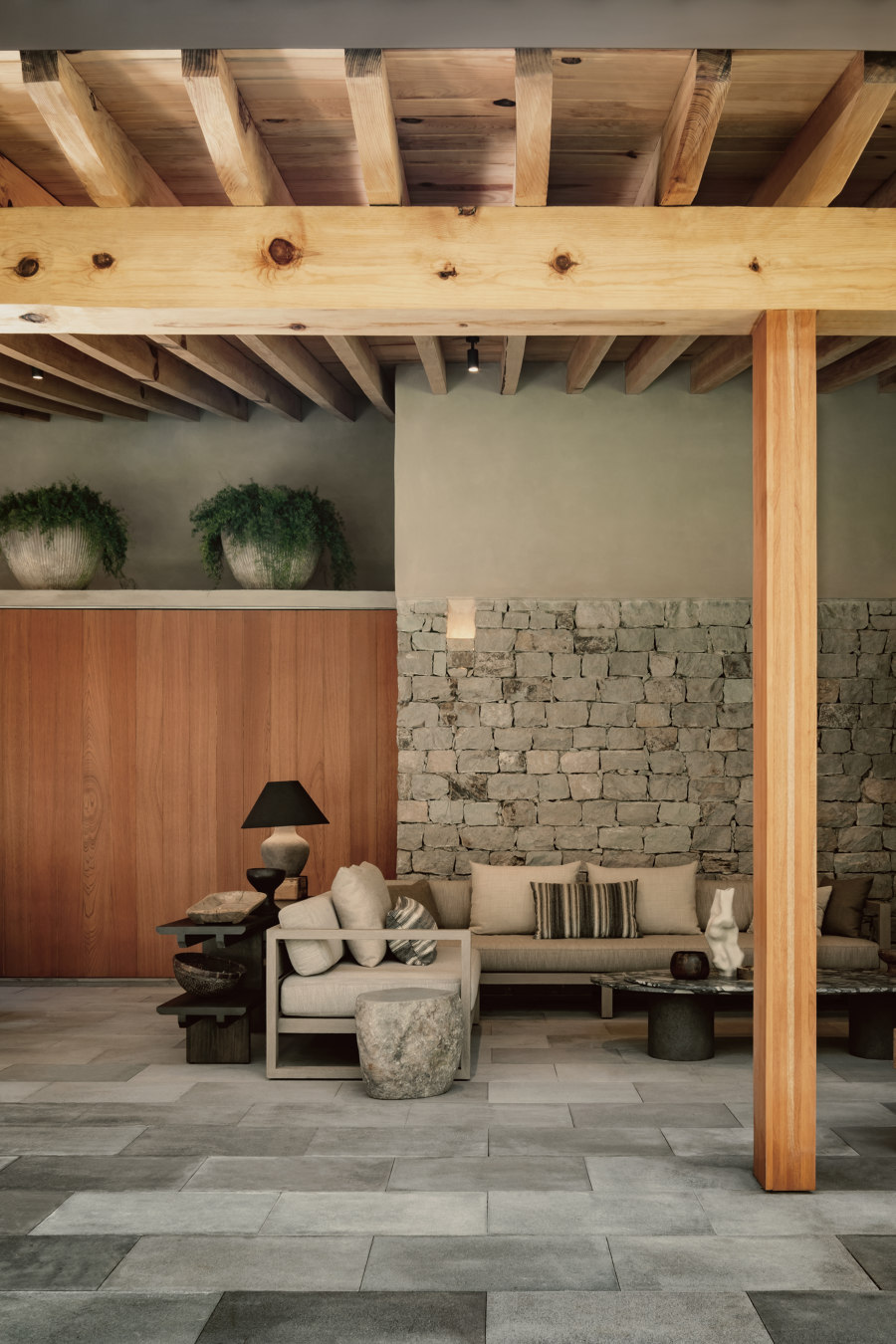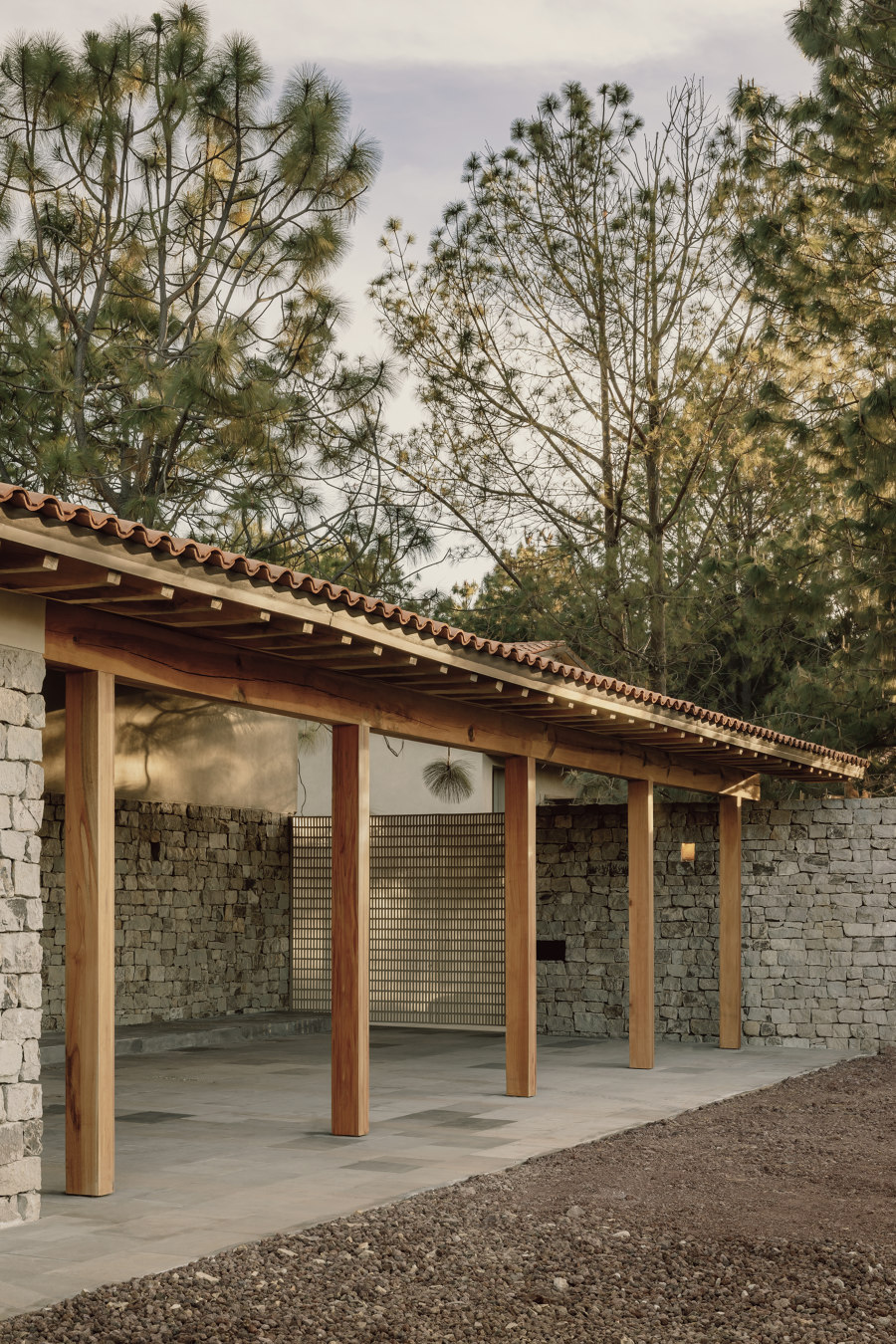Casa Cedros is one of the most recent projects for the studio and undoubtedly encompasses entirely Aagnes's aesthetic. The house is located in Tapalpa, a town in the southern mountains of the state of Jalisco, in Mexico. The architectural project was design by Sergio Ortiz, a renowned architect who has taken up from his own voice the most outstanding elements of the so-called Tapatío School of Architecture (also known as Mexican Regionalism with its origins in Guadalajara). In his work we not only find references to Luis Barragán, Rafael Urzúa or Pedro Castellanos, but also a genuine appropriation of what has marked Mexican Regionalism: chiaroscuro that detonate new spaces, the use of local and brute materials such as cedar and black quarry, and perhaps one one of the greatest successes of this artistic movement: the patio as a leading element.
Casa Cedros is synonymous with all of this, in which we find a sophisticated use of wood and stone—materials from the forests of Jalisco—where the lighting is a living composition that alternates between windows and latticework, and the patio is the place where social life converges, but also is a space for contemplation of the landscape and the nature. A house that is perfectly intertwined with Tapalpa as a destination that offers the flavors and smells of the Mexican forest, with extensive areas of communities that work with clay and harvest the field to keep their traditions alive. Traditions that survive thanks to the respect for craftsmanship, for the care of the place of origin, and among with oral history were reasons of inspiration for various characters in the literature of Juan Rulfo, Juan José Arreola and Agustín Yáñez.
Thus, one of the premises that Aagnes takes up for the interior architecture in Casa Cedros is the respect for the architectural structure together with the continuity of the regional and narrative elements that surround Tapalpa and Mexico. Understanding the cabin as a rest space in which each selected piece, each composition, each grid and each ornament also serves as a tribute to the cedar and pine forests of Jalisco… to their artisan hands and to the legends of towns that give voice to the earth, the clouds and the mountain.
However, Aagnes' commitment is not limited to regionalism as a stamp, but faithful to his style, they seek a dialogue with contemporary pieces, materials and forms. Rough and sculptural wooden objects—almost brutalist—that has a conversation with different copper pieces from the towns of Michoacán; marble tables perfectly structured in their angles that are confronted with the agile basketry of Tequisquiapan; silhouettes that emulate Japanese minimalism but also take advantage of the detail of the typical mexican waist loom. In this composition there is no hierarchy between popular artcraft, classic pieces and author design—the reading of the space is more oriented towards a timeless balance where the past, the present and the future are valued on the same level.
Practicing confluence, at the center of the aesthetic idea for the interior design decisions were placed those architectural elements that define the space: the fireplace, the patio and the windows. Not on top of, but together with them—that’s how the selection of materials, shape, colors and compositions was made. Thereby, spaces have a double narrative: those for utility together with those for contemplation; those for reception together with those for introspection; those for rest together with rejoicing. The result is circular.
Last but not least, it must be said that each piece tells us a story that contains its uniqueness. Although its ultimate goal is the integration within a context of larger scales, its individual extraction is worthy of appreciation. Each vessel, each table, each lamp, each loom, blends with the meadows of the mountains, with the leaves of the maples and with the horses of each ranchería (ranch) or each community. The singularity of each piece is not the protagonist—it is, rather, a complement. A complement that when it’s placed between those walls… makes sense. Pieces that, in tune with the light, the architecture, the forest and the climate, detonate their maximum aesthetic value in fascinating compositions.
Design Team:
Aagnes




